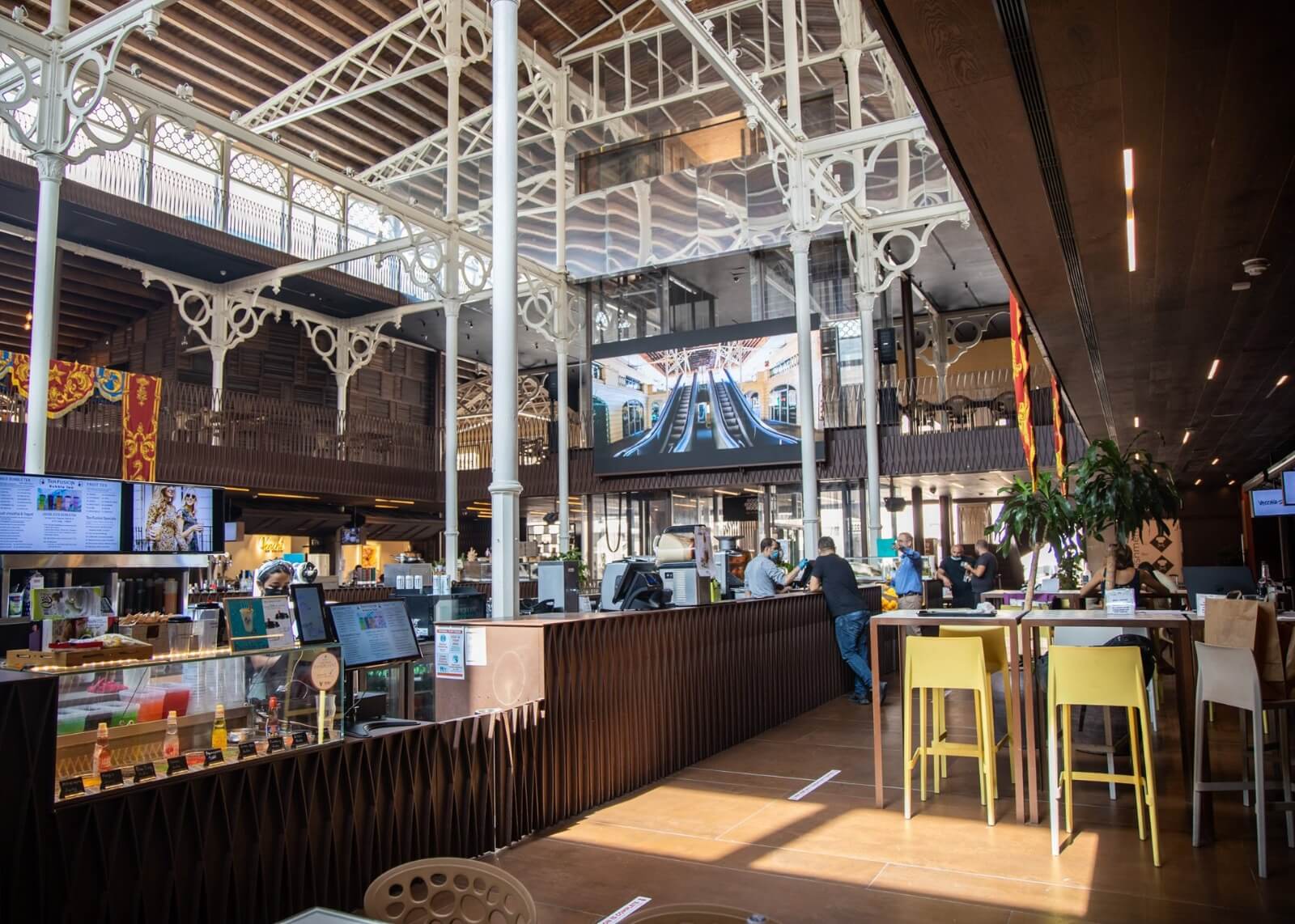Valletta is routinely referred to as a highlight by tourists and foreign expats getting to know the island. The sheer number of architectural gems, rich history and way of life in the capital city is appreciated by locals and foreigners alike.
While there are worries that Valletta is losing some of the rich cultural value it once possessed due to the closure of generations old stores and establishments, certain structures are a sign that refurbishment and renovation that respect the urban context can go a long way towards preserving Malta’s heritage, one being Is-Suq tal-Belt.

Is-Suq tal-Belt's renovated interior / Is-Suq tal-Belt / Facebook
Situated right at the heart of the capital, the market, also referred to as the Covered Market, is a market hall that was first constructed in 1861 and is mostly constructed out of iron. Built in a Victorian style, the limestone exterior gives it a fine finish that fits perfectly with the rest of Valletta’s architecture.
Despite Is-Suq tal-Belt’s architectural beauty nowadays, the market and its building site have had quite a turbulent history, having previously been home to a square known as Piazza del Malcantone, which used to be part of a gallows parade of a guilty person, where they would be humiliated and tortured around Valletta, before being hanged in Floriana. Crops and goods were also sold in the square.
Afterwards, a marketplace in the Baroque style was constructed at some point during the rule of the Order of St John, yet this was demolished when the British took over Malta. Following that, plans for a covered market began in 1845, and the building was then constructed between 1859 and 1861, initially designed by Hector Zimelli, and completed by Emanuele Luigi Galizia.
The market then fell victim to bombs during World War Two in 1942, leaving a third of the building destroyed. While it regularly underwent repairs, including the construction of new floors, prompting it to thrive for a few more years, the building still fell into a state of decline.
However, after Valletta’s nomination for European Capital of Culture 2018, Government set out to regenerate a significant part of the capital city, including the market. Arkadia Co. Ltd was granted a 65-year lease of the building in 2016, and after around €14 million in investment, Is-Suq tal-Belt experienced heavy restoration, led by Italian architect Marco Casamonti.
Original elements of the building were preserved and restored, with sections of the building being converted into food markets, restaurants and stalls, leaving the upper level for cultural activities and events. Other parts which were added over the years were dismantled.
The market hall officially reopened to the public on 3rd January 2018, right on cue for Valletta 2018.
The building has a rectangular plan, featuring walls and arches made from limestone. On the other hand, the roof is comprised of cast and wrought iron decked in timber, supported with various iron columns. The basement and ground level of the market were inspired by the Mercado di San Miguel in Madrid, as well as the Boqueria market in Barcelona.
Its restoration has been applauded, however heavy criticism has been leveled against commercial tenants for putting up large signage blocking the building's beautiful facade, while just last month the Planning Authority rejected plans for outdoor canopies.
